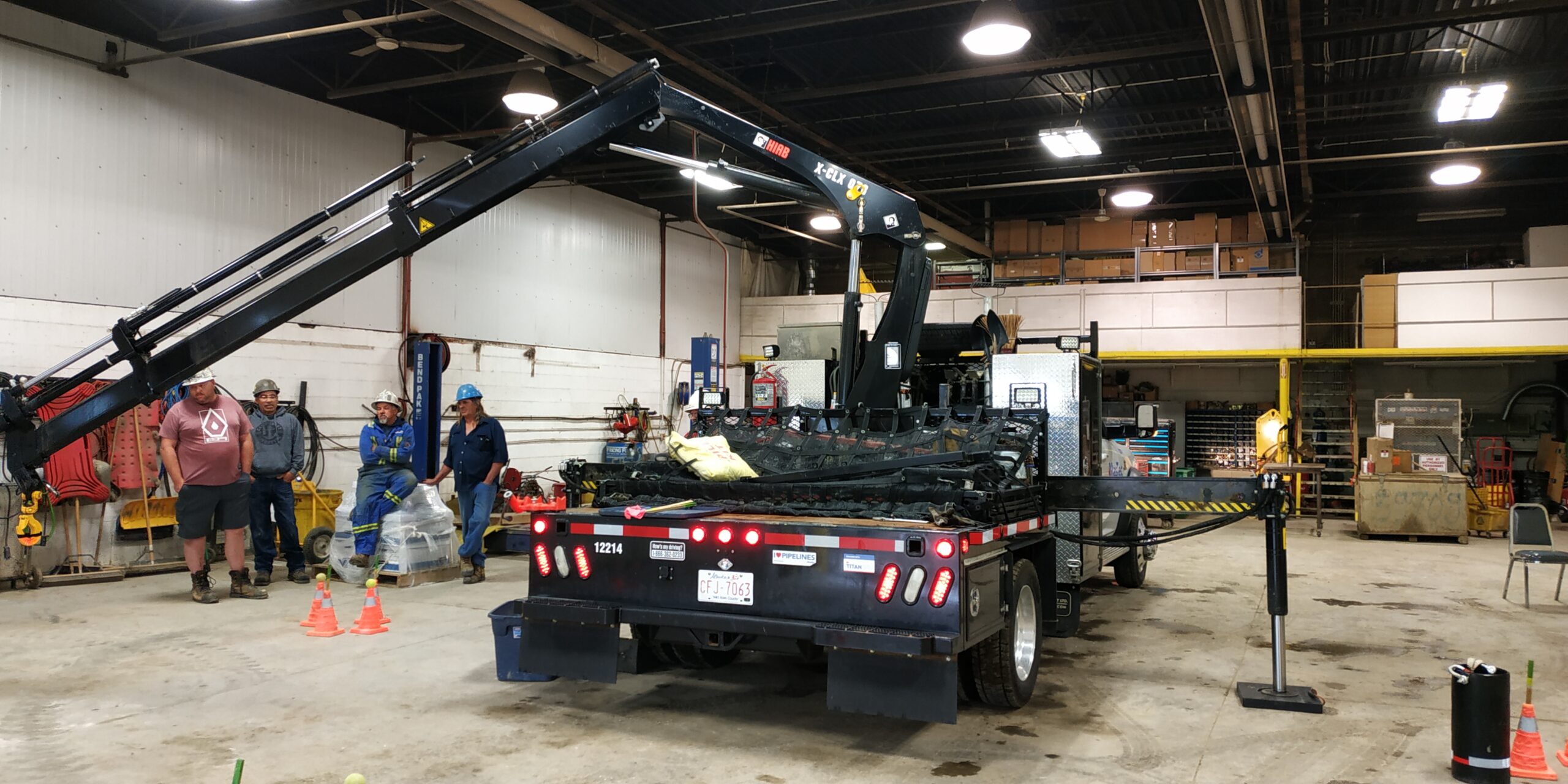What Defines a Critical Lift with a Crane? When it comes to crane operations, safety is of utmost importance. One key aspect of crane safety is understanding what constitutes a critical lift. In this blog post, we will explore what defines a critical lift with a knuckle boom crane and the precautions that need to be taken. Understanding Critical Lifts… A critical lift refers to a rigging activity that requires planning and additional safety measures to minimize the risk of crane failure or accidents [1]. It typically involves lifts that exceed certain thresholds in terms of load capacity, lift configuration, or proximity to hazardous areas. Load Capacity Thresholds Different sources provide varying percentages for load capacity thresholds that define a
Crane Stability – Why it’s Often Misunderstood by Inexperience
Crane Stability is a critical aspect of safe lifting operations and inexperienced operators on light duty cranes (cranes that don’t require a trade operator at the controls), often misjudge the weight and factors at play on the smaller picker trucks. It’s generally misunderstood by inexperience in operators. Ensuring the stability of a crane during a lift helps prevent accidents and protects workers, equipment, and materials. Here are a few key reasons why proper crane stability is so important: Stabilizers are often referred to as outriggers and while I won’t split hairs at all, most don’t really understand the diffrernce between stabilizers and outriggers, let me quickly define them: Stabilizers – are typically installed on smaller cranes, knuckle booms, service cranes,
What size of Crane Requires a Journeyman Operator?
We’ve been getting quite a few phone calls regarding this and so I thought I’d provide a quick post to help clear that up (hopefully). So in Alberta in particular (Manitoba and NWT also follow this as of this post date), ANY style of crane installed on a truck carrier that has an initial lift capacity of 8-tons or greater as shown on any load chart (it’s the first weight shown on the left hand side of the load chart), must have a trade registered operator at the controls. This may be an apprentice or a qualified red-seal journeyman (or journey-person depending on your bent). Now where the confusion starts is the Alberta Boom Truck program makes it a bit
Improper Use of Knuckle Boom Crane Stabilizers
This is one of sadly many instances we see make it to youtube but have had dire consequences for the operator and innocent folks standing in a place the operator should have removed them from. It boggles my mind on the inherent dangers people place themselves in just for a front row seat. ALL operators need to be more aware of what is going on and have much better control of that same thing. When a knuckle boom crane stabilizer system is largely ignored by the operator, it’s really inviting an accident to happen. It’s not a matter of “IF”, it’s just a matter of “when”. This video is a bit long to watch but the point is yes it
Largest Knuckle Boom Crane In North America
Just when you think it can’t get any bigger, Falcon Equipment does it again! They have successfully built one mad max of a crane truck for the Alberta market. The customer is heavily involved in heavy haul in Alberta, BC and Sask. I know this has little to do with crane training, however it’s still something to know that once you get into cranes, the sky seems to be the limit! I can truly see the next big crane (knuckle boom) will be mounted on a Tri-steer, quad drive chassis. Likely within a years time and either a Cormach or Effer as they are one of the few large crane builders in the world. Read more about the crane truck
